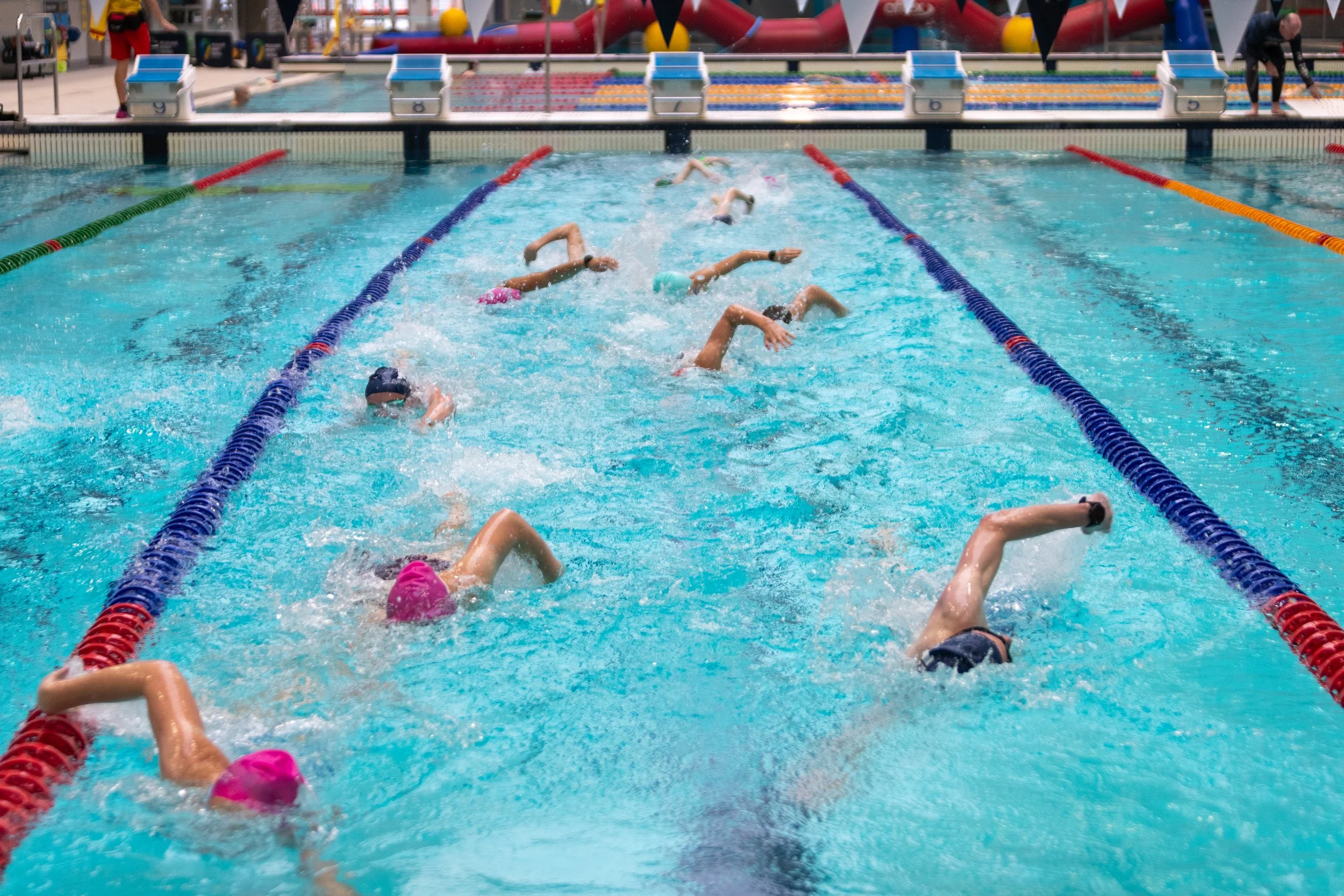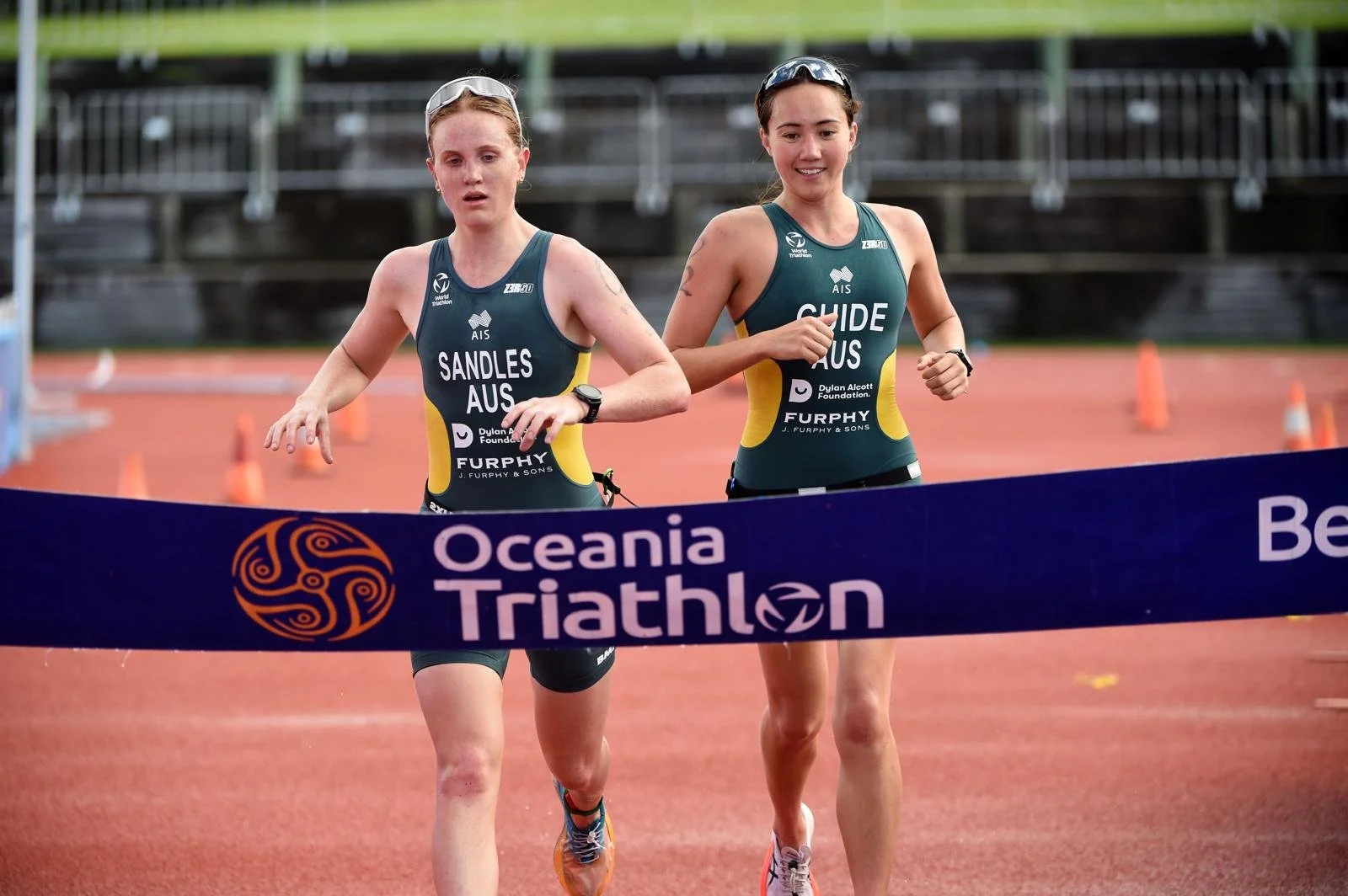Learning from the foundations of the Norwegian Method.
The men's Ironman World Championships took place in Nice, France in September. Norwegian athletes finished 1st, 2nd and 3rd, which isn’t bad for a country of 5.5 million people, where winter sports dominate. The commentary on ‘The Norwegian Method’ has been fierce over the past 4 years, focusing particularly on technology, testing and the scientific approach that Kristian, Gustav and Casper are bringing to their triathlon racing and training. However, this is only half the story.
If you are a parent of a young athlete, or a young athlete yourself, it can be tempting to look at these stories, the marketing that goes with them and the general direction of elite triathlon and believe that triathletes need to be constantly lactate testing, have the latest monitors or meters, and train for huge portions of the year at altitude. It can feel prohibitive, overwhelming and extremely expensive. Thankfully there is another story at play here. A more accessible and more impressive story that underlines the importance of time in the sport, culture and an environment centred around athletes and their long term development. These are in fact the fundamental, underlying factors from which everything else is built.
Time in the Sport
One of our favourite ‘performance behaviours’ as Momentum Triathlon Academy coaches is ‘consistency over time.’ We say it to our young athletes when they need to make decisions about how hard to push, what races to do or whether to rest after a big day of school sport. Think of the longer term and whether you can be consistent, not only over the next week, but over the next 6 months, or in the case of the Norwegians, the next 15 years. Most people don’t think on these time scales. Kristian and Gustav met as boys in 2010/11. Kristian had been swimming and playing soccer, whilst Gustav was into cycling. They were decent young athletes and led active lifestyles but it is their consistency over time that has turned them into the multiple World and Olympic champions that they are today, 15 years later. So what allows a young athlete to be consistent over that period of time?
Culture.
There are thousands of factors that go into creating elite environments or athletes, but at the very foundation of them all is culture. In Norway, there are a very unique set of cultural circumstances that allow young people to flourish through sport, not only in triathlon but across sports such as sailing and skiing. When we look at the status of sport in Norwegian society, the localised ski club structures, the government funding of youth sport, the sports schools or the culture of outdoors activities, we see there is a culture of movement and support for kids sport that is unique to Norway. Combine this with the Norwegian Children’s Rights in Sports Act (1987) that instills a focus on fun, play and skill development instead of results, rankings and competition for children, and you have a legal basis for young people to enjoy sport and stay active as they get older. Of course nowhere is perfect, but Norway regularly sits near the top of most global wellbeing indices, so they must be doing something right. That is the macro cultural context, but combine this with a caring Coach in Arild Tvieten who created a micro culture and training environment for Kristian, Caspar and Gustav where they all enjoyed being and enjoyed working hard, then you have a foundation for the young athletes at the centre of that environment to flourish.
Being Athlete Centred.
Sports federations around the globe talk about being ‘athlete centred,’ a phrase that is easy to say in a soundbite and extremely difficult to do. It requires a culture that places athletes and their long term health and wellbeing as a priority. That means developing athletes over 10 years, not 10 weeks. This allows young athletes bodies’ to absorb training gradually, their minds to learn new skills and to work with them through all the other life situations that will inevitably come their way in their formative years. In the Norwegian’s case, this meant a lot of lower intensity, aerobic training at first, almost the opposite of what American or Australian counterparts were doing at the time. It also meant a very tight knit training culture where the coach and a small number of athletes communicated on a daily, if not hourly basis in person, so that sessions could be adapted, training intensities could be adjusted, injuries could be avoided and experiences could be shared. The close knit nature of this athlete-centred environment is something that we see in many successful training environments both in Australia and abroad.
There is no doubt, these three factors are all linked. For example, being truly athlete centred is a cultural stance that enables people to be in sport for longer. None of them work without the other and none of Norway's triathlon success happens without the three of these elements. At Momentum Triathlon Academy we want to learn from the successful fundamentals of other environments and not get caught up in the short term hype of the day. At times this feels like we’re swimming against the tide, but we believe that a firm focus on creating an awesome culture and environment, with great coaches who care about people is a big part of keeping young people in sport for longer and is the way we can help build not only better young athletes, but well rounded young people.


